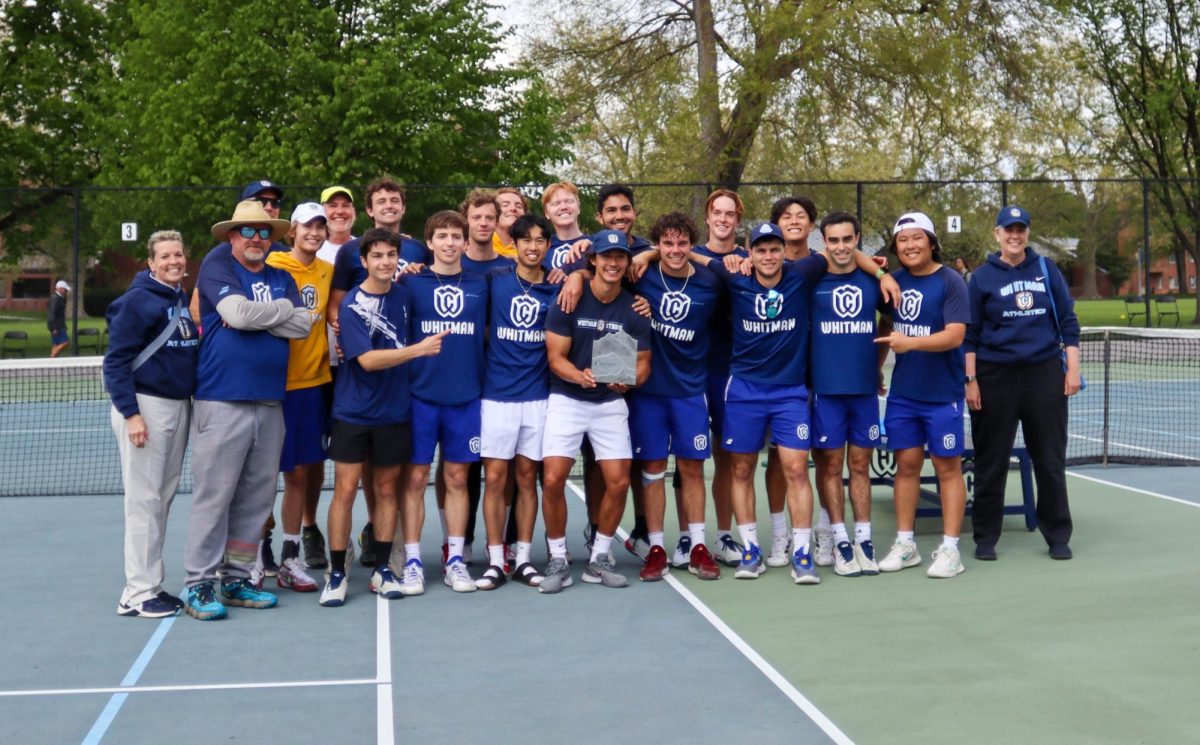If you have been following the NBA this year, you know that the only thing more exciting than Charles Barkley on live TV is the upcoming free agency season. The possibility of so many superstars finding new teams this off-season is unprecedented in recent history.
We’re talking about LeBron James, Dwyane Wade, Chris Bosh, Amare Stoudemire, Paul Pierce, Ray Allen, Tyson Chandler, Manu Ginobili, Richard Jefferson, Joe Johnson, Tracy McGrady, Yao Ming, Dirk Nowitzki and Michael Redd, just to name a few. All of these players will be in a position to get out of existing contracts or sign new contracts come this off-season. As a result, teams around the league are scrambling to reorganize so that they have the financial means of scoring a big-time player in free agency.
Feb. 18 marked the NBA trade deadline, the latest date in the season where teams are allowed to trade for players. The Los Angeles Clippers’ Marcus Camby shipped to the Blazers for Steve Blake and Travis Outlaw, providing Portland with a much-needed veteran big man. Tracy McGrady proved he’s still got it in his first game playing for the Knicks, where he ended up after escaping Houston in a three-way deal involving the Sacramento Kings, the New York Knicks and the Houston Rockets.
In local news, the Celtics picked up Seattle native Nate Robinson from the Knicks in a trade that sent veteran guard Eddie “Headband” House to the Big Apple.
The Chicago Bulls were also relatively active this past week, sending away veterans Tyrus Thomas and John Salmons for Hakim Warrick, Joe Alexander, Flip Murray, Acie Law and a protected first-round pick.
However, the team that made the most significant transactions was the Knicks, and for good reason. They are one of the top contenders to sign a big name during the off-season. There are even rumors of the King himself, LeBron James, moving his court to New York. But let’s not be silly; Bron Bron is staying in Cleveland.
All of the maneuvering that goes on to free up enough salary cap space to build a championship-caliber team is a reflection of a flawed business model. NBA commissioner David Stern and the owners drafted a proposal just over a week ago outlining their demands for the new Collective Bargaining Agreement, an agreement between the NBA Players Association and team owners which determines salaries. The owners’ proposed resolution is meant to bring about a wide-scale reduction in player salaries and a firm salary cap to limit spending.
It’s about time. The current structure is disproportionate and untenable. Owners don’t manage their money wisely, players get paid too much and it is too expensive for cities to maintain state-of-the-art stadiums (see the exodus of the former Seattle SuperSonics to Oklahoma City). An ugly dispute between owners and players will inevitably occur, and the owners will probably win. Many analysts are saying that a lockout after the current CBA expires in 2011 is almost a sure thing.
One of the problems with professional sports is that they do too good of a job hiding the business side of things. When players sign huge contracts and then begin performing inconsistently, it is a major drain on franchises. They have to decide whether to keep their expensive disappointments or swallow their losses and move on.
Acquiring players in the NBA isn’t like trading Magic cards or quarterbacks in your fantasy league; it’s not solely about value. The transactions that are made in professional sports, specifically the NBA, are controlled by the financial restrictions made by players’ existing contracts, not the objective worth of the individuals involved.
For more commentary and sports related jargon from Doyle and Gabe, tune in to KWCW 90.5 FM Tuesdays at 1 p.m. for Whitman Sports Radio.


